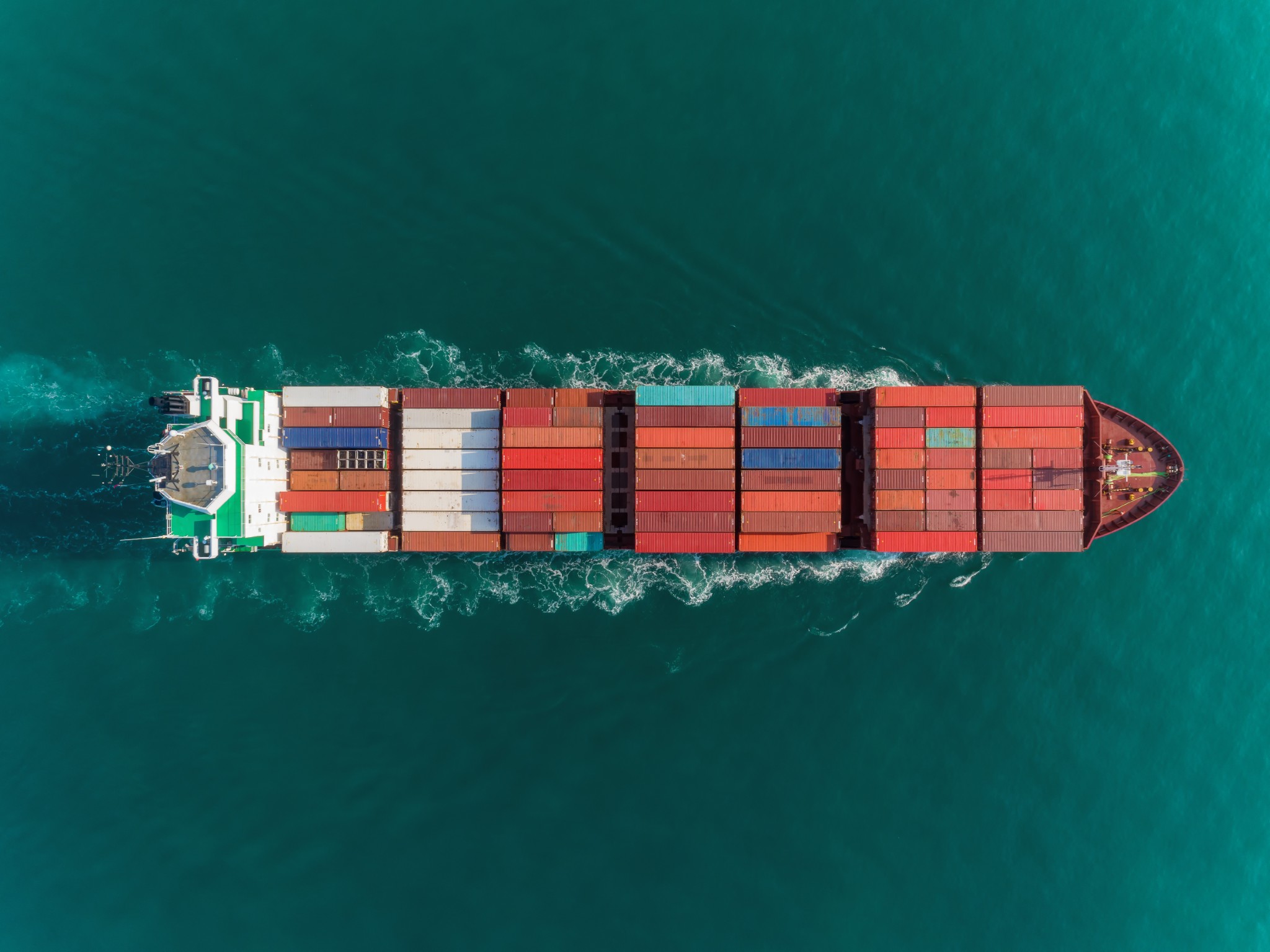With funding from UKRI, BPP Tech partnered with Seatrium to perform a feasibility study for a vessel-based CCS system and determine suitable routes for Blue LNG Corridors.
The Challenge
The IMO has urgently called for the international shipping sector to reach net-zero GHG emissions by 2050. 90% of the emissions from the sector come from carbon-based fuels. Carbon capture technologies allow for the continued use of existing fossil-fuel powered vessels, while allowing emissions targets to be met. Switching vessel fuelling to liquified natural gas (LNG) also presents an opportunity for significant emission reductions in comparison to traditional heavy fuel oils.

The Project
This project investigated the feasibility of two methods of GHG emission reductions in vessels based in the Port of Singapore. The first method investigated was the use of onboard carbon capture (OCC) technology on an LNG Fuelling vessel, while the second method considered was the establishment of a ‘Blue LNG Corridor’ from the Port of Singapore.
The OCC system designed captured 90% of the CO2 created by the vessel and stored the CO2 in ISO tanks to allow for easy bunkering at port. The system was designed to utilise the LNG vaporisation in the liquefaction process to conserve energy. The influence of system on the vessels stability was also considered.
The project also assessed the potential impact of a ‘Blue LNG Corridor’ between the Port of Singapore and the Port of Hong Kong. This assessment considered the impact of the ‘Blue LNG Corridor’ with respect to the potential emission reductions, repercussions on shipowners and shipbuilders and the infrastructure investment requirements at the relevant ports.
Expertise:
The Key Outcomes
The project found that with current carbon capture technologies and carbon tax rates, only vessels with high initial carbon emissions and with the capacity to store the captured carbon are financially feasible options for OCC systems. For vessels with lower emissions (including those powered by LNG, such as the subject of this project), it was found that OCC systems are never profitable.
An emissions reduction tool for assessing the potential impact of an OCC system for vessel owners and managers has also been developed.

The project found that the most suitable route for a ‘Blue LNG Corridor’ from the port of Singapore was to the Port of Hong Kong. The creation of this corridor is expected to reduce the total CO2 emissions on the route by almost 30%, while increasing the number of LNG ships being built and retrofitted in the Port of Singapore. The team also assessed which ports in the United Kingdom would be the most suitable for ‘Blue LNG Corridor’ creation, with the Port of Southampton, Portsmouth International Port and the Port of Felixstowe being the most appropriate contenders.

